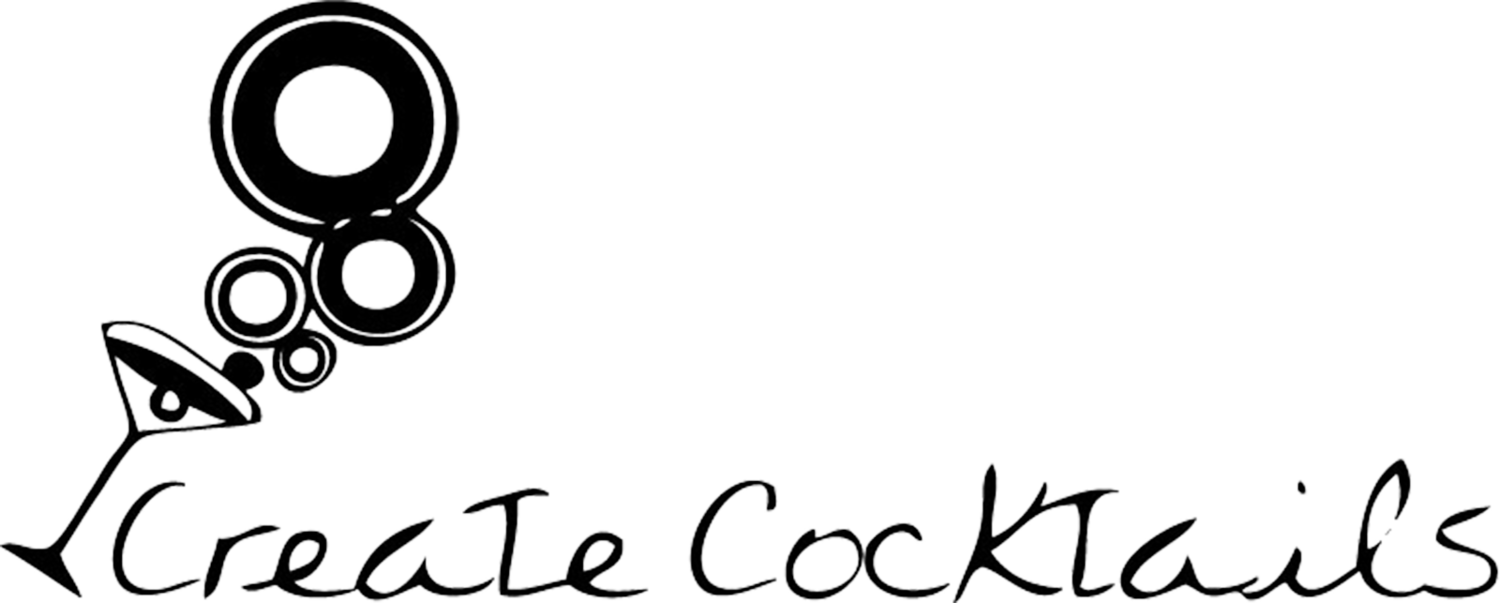Welcome to Create Cocktails at Home! Our mission is to make cocktail-making accessible, fun, and inspiring for everyone—whether you’re a seasoned mixologist or a curious beginner. We’re passionate about experimenting with flavors, finding the best tips and tricks, and sharing recipes that can transform your kitchen into a personal bar.
On our site, you’ll find recipes, guides, and product recommendations designed to elevate your home bartending skills. Join us as we explore the world of mixology from the comfort of home!
